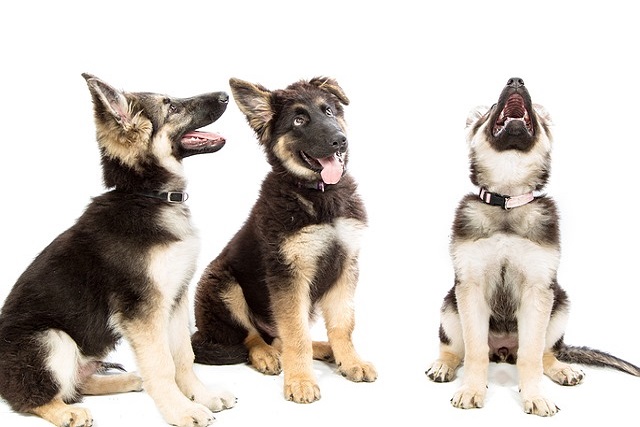
How do i train my dog to be obedient?
Watching your dog dart across the park ignoring your calls isn’t just frustrating—it can put them at risk near busy streets or public spaces.
Let’s be honest: scrubbing urine out of your apartment carpet at midnight isn’t anyone’s dream. While true accelerated potty training methods can significantly speed up the process, "fast" means efficient—not magical overnight success. Expect 2–6 weeks for reliable results with intense consistency, not days. The secret? Working with canine biology, not against it. Puppies under 12 weeks physically can’t hold bladder longer than 2–3 hours, while adult rescues may need fear unlearning. Forget punishment; science proves it increases secretive accidents and damages trust. Ethical positive reinforcement is your turbocharger.
Start with a veterinary check—UTIs or parasites sabotage even perfect training. Then, become a scheduling ninja. For the next 14 days, your life revolves around your dog’s bladder:
Pre-emptive trips: Set phone alarms every 60–90 minutes (every 30 mins for puppies)
Trigger-based trips: Immediately after waking, playing, or eating in your studio apartment
Strategic water control: Offer frequent small amounts, removing bowls 2 hours pre-bedtime
Always carry your dog outside (prevents hallway accidents) to the exact patch of grass or curb—consistency builds muscle memory. Use a clear cue like "Go busy!" as they eliminate. The nanosecond they finish, unleash euphoric praise + instant high-value reward system (think diced hot dogs, not kibble). This creates powerful neural pathways: "Potty outside = jackpot!"
Crate training schedule is non-negotiable for speed. Dogs won’t soil their den if sized correctly (just enough room to turn around). Confine them when you can’t actively supervise—after potty breaks, naps, or meals. Watch for signals like sniffing or circling: that’s your 30-second window to rush them out. Apartment hack: Use a longline leash on balconies with artificial turf for midnight emergencies, but phase this out quickly to avoid surface confusion.

Accidents? Stay calm. If caught mid-act, interrupt with a neutral "Oops!" and whisk them outside. Never scold—it teaches them to hide from you. Clean messes obsessively with enzymatic cleaner (try Rocco & Roxie brand—sold at Petco). Standard cleaners leave ammonia traces that scream "Toilet Here!" to dogs.
Now, the compliance layer: Every successful outdoor potty means scooping with EPA-approved biodegradable bags. Fines for uncollected waste exceed $300 in cities like Chicago. Ensure their collar displays current rabies tags—legally required for all public outings. Respect leash laws religiously, even in apartment courtyards at 4 AM. For noise-phobic dogs scared of urban sounds, counter-condition by playing city audio (sirens, construction) at low volume during meals, gradually increasing volume over days.
Pro accelerators:
Hydration tracking: Measure water intake to predict output timing
Potty parties: Invite a calm "potty buddy" dog to demonstrate (dogs learn visually!)
Scent anchors: Dab a cotton swab in their urine, place it in the target outdoor zone
Temperature tactics: Cold-averse dogs? Place booties on snowy Boston mornings
Most "slow" cases stem from inconsistent schedules or missed signals. Track patterns in a notebook: "10:15 AM—drank 1 cup water → accident at 11:00 AM." Adjust accordingly. If progress stalls after 10 days, consult a certified trainer—medical issues or deep fear may require professional accelerated potty training methods.
Speed comes from precision, not shortcuts. By Day 10, you’ll likely see 80% fewer accidents with militant consistency. Celebrate micro-wins: a single paw step toward the door earns a treat! Remember: compliance isn’t optional during training. Those poop bags and rabies tags protect your dog and community. Stick to science, ditch the frustration, and watch your determined terrier become a potty pro faster than you imagined possible.

Watching your dog dart across the park ignoring your calls isn’t just frustrating—it can put them at risk near busy streets or public spaces.

New puppy owners often find themselves rushing to clean up accidents before they set in, and that’s where puppy pad training becomes a game-changer.

If you've noticed your dog's waistline disappearing and your veterinarian has mentioned those few extra pounds, your first instinct might be to simply reduce the amount of food in their bowl.

Training a dog to use a designated spot indoors isn’t as daunting as many new owners fear, but it does take consistency and an understanding of your pet’s needs.

That moment of dread on a walk is all too familiar for many new dog owners. You see another dog approaching down the sidewalk of your neighborhood

If the sight of another dog on your neighborhood walk makes your heart sink as your own dog erupts into a frenzy of barking and lunging, you're not alone.